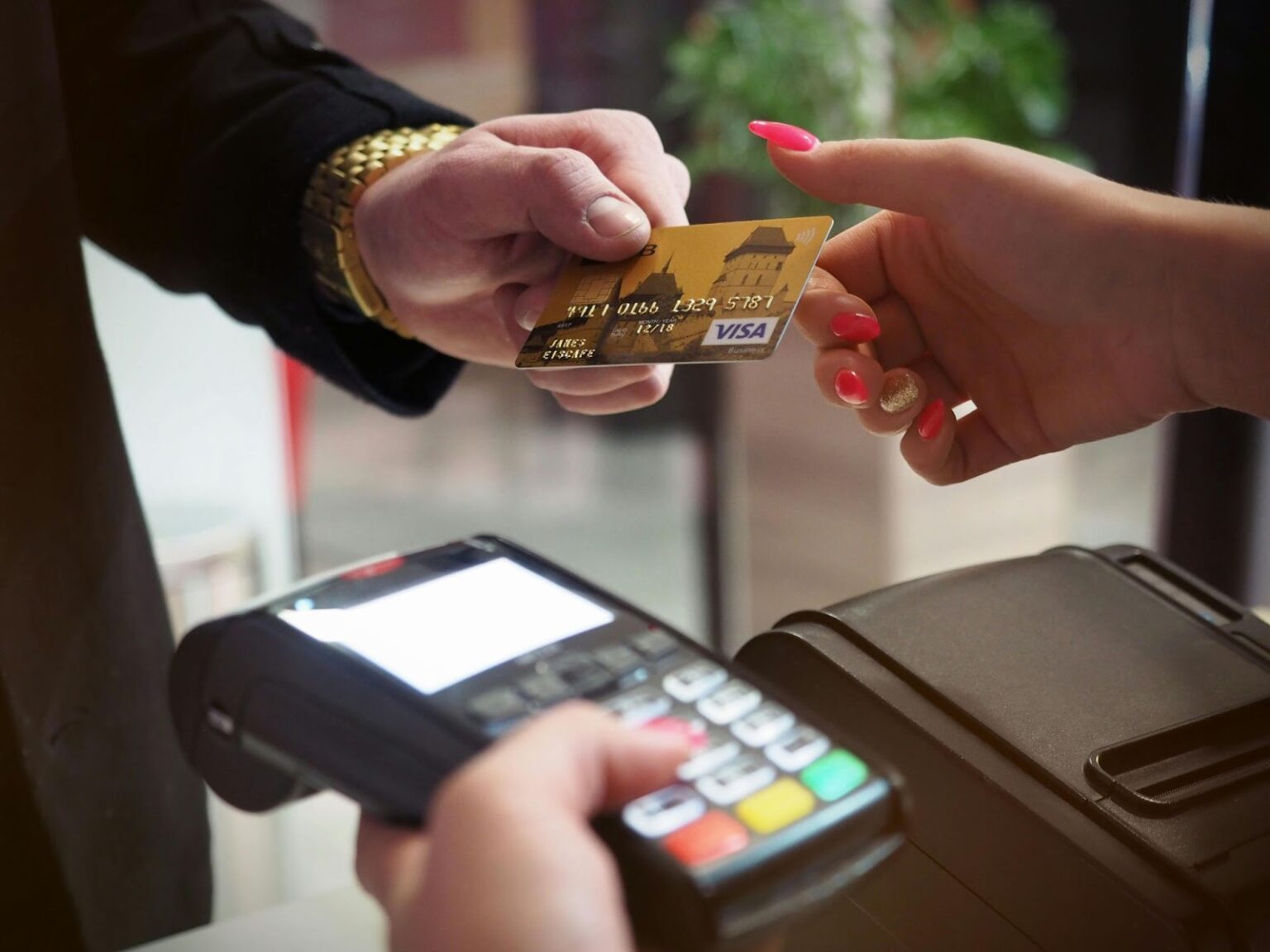In today’s retail landscape, cash payments are a thing of the past. Thanks to credit card scanners, digital payments have become the norm. Be it contactless payments or mobile transactions; credit card scanners offer users a fast and efficient checkout experience.
However, as reliance on digital transactions grows, so do security concerns. Cybercriminals are constantly looking for new ways to exploit security gaps, making it crucial for businesses to develop solid security measures. In this article, we will discuss how credit card scanning can impact retail security.
How Credit Card Scanning Works
Credit card scanning uses Optical Character Recognition (OCR) technology to extract card details and payment information. Thanks to modern technology, this process happens quickly and accurately. It allows retailers to streamline payment processing, reducing manual errors and improving efficiency. Some common uses of credit card scanning include:
- Self-checkout systems: Allow customers to complete transactions independently. This reduces the risk of someone else stealing their information.
- Mobile payments: Integrate card scanning into apps for seamless and private transactions.
- Online checkouts: Simplify card entry for e-commerce purchases without having to involve other people.
Security Risks Associated with Credit Card Scanning
Credit card scanning technology is far from perfect. It comes with its own set of threats. These days, financial institutions invest a lot in trying to ensure security. Yet, still, credit cards are not immune to cyber threats. The same goes for retail stores. They can face financial losses, legal consequences, and reputational damage if they fail to secure their payment systems. Some of the biggest security risks are:
- Card skimming: Fraudsters can install devices on POS (Point of Sale) systems to steal sensitive card information.
- Data breaches: Hackers can often target the databases of retail stores to steal valuable personal information.
- Malware attacks: Cybercriminals can use malware to intercept scanned card data before encryption.
Improving Retail Security with Credit Card Scanning Technology
In today’s modern world, everyone needs to protect financial information. Some security measures include:
- Encryption and tokenization: Modern payment frameworks protect card details by converting them into unreadable codes. Tokenization can further enhance this by replacing sensitive information with random tokens.
- PCI DSS compliance: The Payment Card Industry Data Security Standard (PCI DSS) is a mandatory security framework. All financial institutions must adhere to it. It requires data encryption, restricted access to payment systems, and regular safety audits.
- AI-powered fraud detection: AI-powered tech uses machine learning to identify suspicious activity in real-time. This includes things like random, high-value purchases from unexpected locations.
The Future of Credit Card Scanning
- Biometric authentication: Traditional passwords and PINs are vulnerable to hacking. Thankfully, biometrics like fingerprint scanning, facial recognition, and iris detection can add an extra layer of security. Many modern payment systems embrace biometric technology to authorise transactions, and this trend is expected to continue.
- Blockchain technology for security: Blockchain brings decentralised and tamper-resistant transaction records. Thanks to these, it is harder for hackers to manipulate payment data. Major financial companies like Visa and Mastercard are already exploring blockchain-based payment solutions. In the long run, these will help them enhance security.
- Advanced encryption: Encryption scrambles credit card data. This way, it remains unreadable to hackers, even if they intercept it. This technology is becoming a standard feature in modern payment gateways.
- Contactless and NFC payments: Near Field Communication (NFC) technology enables contactless payments. It lets customers pay by tapping their card or smartphone on a reader. While convenient, this method still has some security risks, like skimming. To combat this, payment providers are embracing dynamic authentication codes that change with every transaction.
Endnote
Credit card scanning has revolutionised retail transactions. It offers speed and convenience to both businesses and consumers. Unfortunately, cyber threats keep evolving with each passing day. This makes ensuring security more critical than ever. By using strong encryption and staying updated on industry standards, retailers can enhance security without compromising efficiency.














